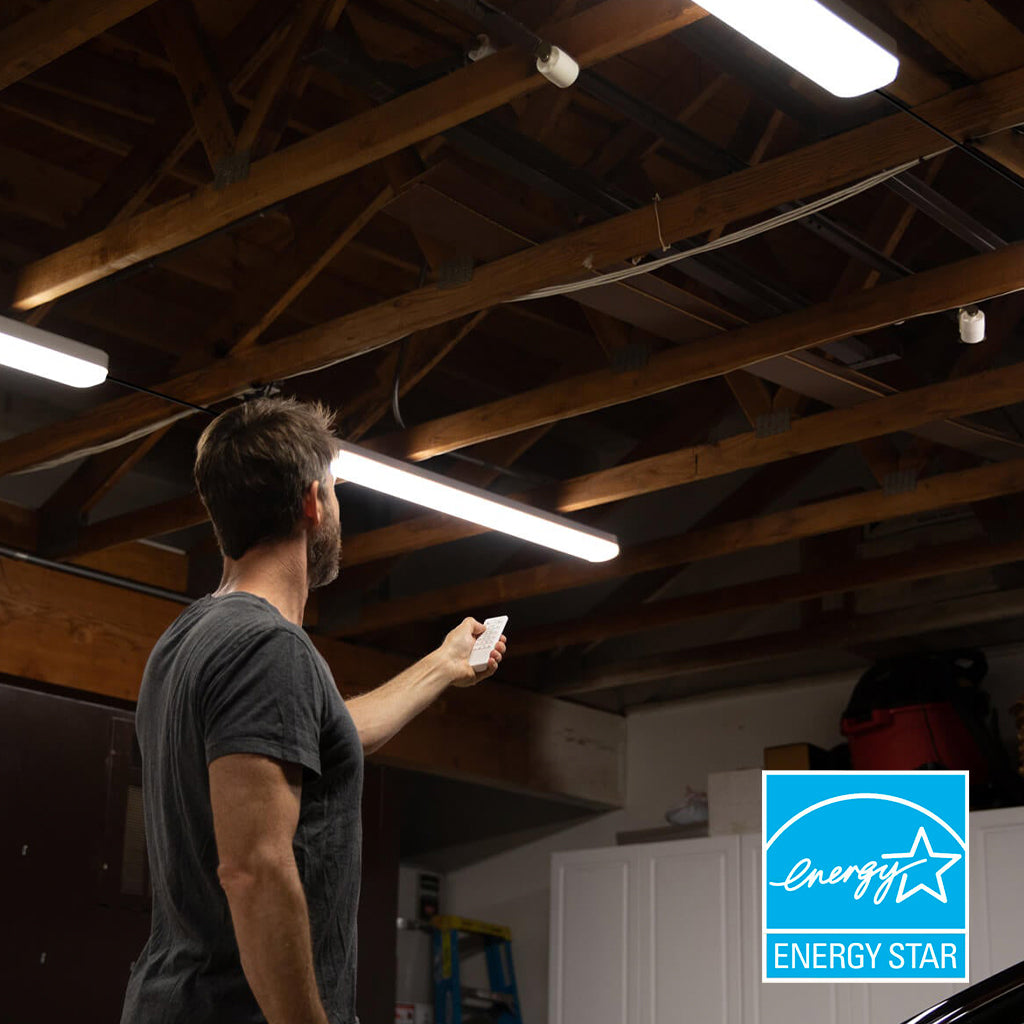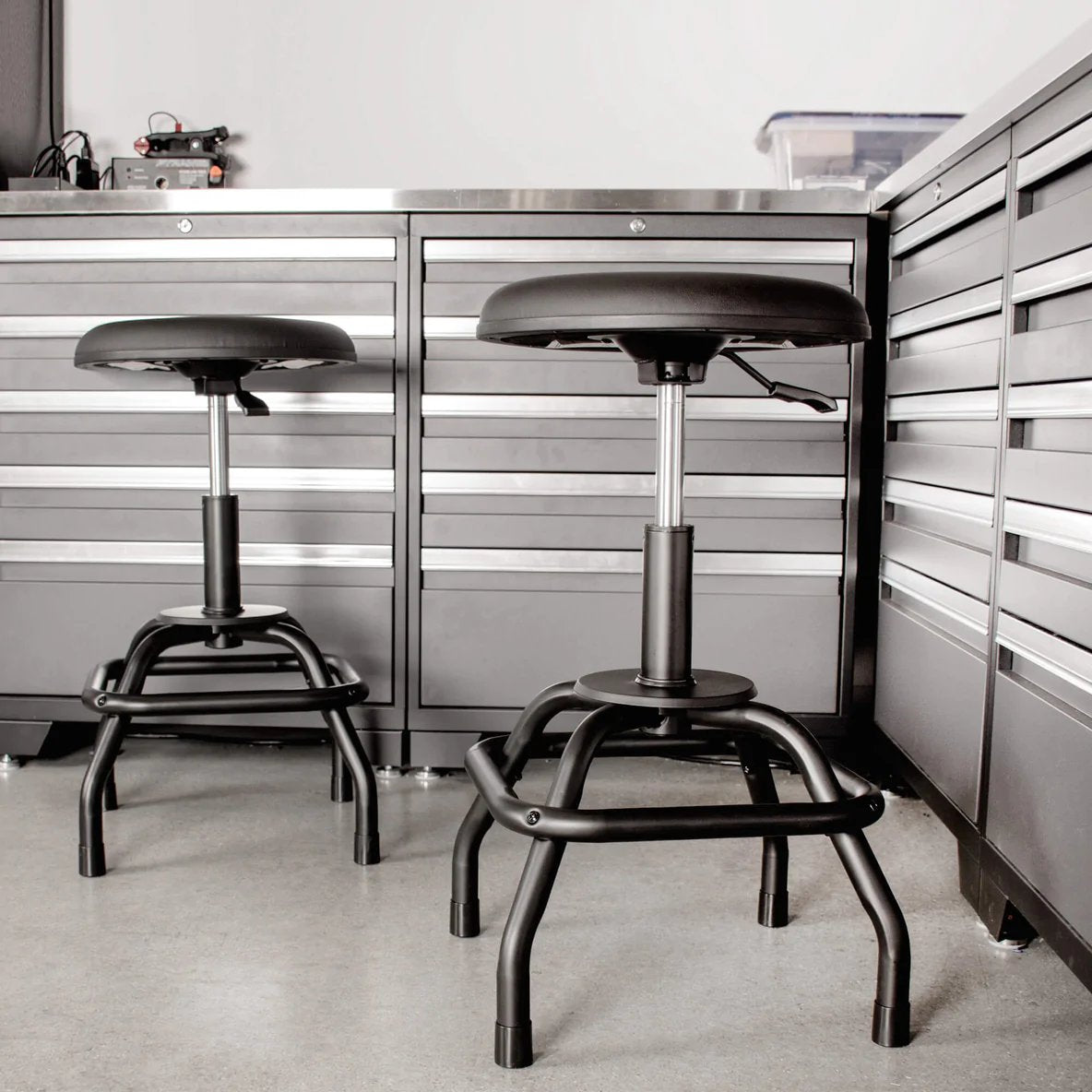The short answer is… yes.
Light is not just a source of illumination; it has the power to shape our emotions, influence our productivity, and even affect our overall well-being. The relationship between lighting and mood is profound and often underestimated. To give you the full run down we will explore the science behind how it works, the fascinating ways in which different types of lighting can impact your mood, and provide insights on how to utilize light positively in your life.
- The Science Behind It

Before we delve into the ways lighting can affect your mood, it's essential to understand the science behind it. Our bodies have an internal clock called the circadian rhythm, which regulates our sleep-wake cycle and various bodily functions. Light is a key factor that synchronizes this rhythm with the external environment.
Natural Light: Exposure to natural light during the day helps maintain a healthy circadian rhythm. Sunlight, especially in the morning, signals to our bodies that it's time to be alert and awake. This exposure promotes the production of serotonin, a hormone associated with well-being and happiness.
Artificial Light: Different types of artificial light, especially those with varying color temperatures, can affect our mood differently. For example, warm, yellowish light can be soothing and comforting, while cool, bluish light can be invigorating and promote alertness.
- Impact on Productivity

The right lighting can significantly enhance your productivity and focus. Here's how:
Task Lighting: Adequate task lighting, such as a bright desk lamp, can help you concentrate on your work. It reduces eye strain and minimizes distractions, allowing you to be more efficient and focused.
Warm vs. Cool Light: The color temperature of light matters. For tasks that require creativity and focus, cooler, bluish light (5000k to 8000k) is ideal. On the other hand, warm, soft light (2000k to 4000k) is excellent for relaxation and winding down.
- The Role of Warm Light

Warm, soft lighting, often associated with the golden hours of sunset, can create a cozy and inviting atmosphere. Here's how it impacts your mood:
Comfort and Relaxation: Warm lighting can make you feel more comfortable and relaxed. It's perfect for creating a calming ambiance in your living room, bedroom, or any space where you want to unwind after a long day.
Reducing Stress: Low-intensity, warm lighting can reduce stress and anxiety. It encourages the production of melatonin, a hormone that helps regulate sleep and stress.
Enhancing Social Interactions: Warm lighting in social settings, like dining rooms or living rooms, can promote conversation and connection. It sets an inclusive and inviting tone for gatherings.
- The Energizing Effect of Cool Light

Cool, white light with a bluish tint, often found in modern LED lights, can have an energizing impact:
Boosting Alertness: Cool light is great for tasks that require alertness and concentration. It can help combat drowsiness and enhance focus.
Mood Elevation: Exposure to cool light can increase serotonin levels, which can improve mood and combat the symptoms of mild depression.
Improving Productivity: Many workplaces use cool, white light to enhance productivity and create a more stimulating environment.
- Light and Sleep Patterns

One of the most critical aspects of lighting's influence on mood is its role in regulating sleep patterns:
Natural Light Exposure: Exposure to natural light during the day is essential for maintaining a healthy sleep-wake cycle. It helps your body produce melatonin, which is crucial for quality sleep.
Limiting Blue Light Before Bed: The blue light emitted by screens (phones, tablets, computers) can disrupt your sleep pattern. Reducing screen time before bed and using warmer, softer lighting in the evening can help you fall asleep more easily.
Creating a Relaxing Bedtime Routine: Incorporate soft, warm lighting into your bedtime routine. Dim the lights as you wind down to signal to your body that it's time to relax and prepare for sleep.
- Lighting and Seasonal Affective Disorder (SAD)

Seasonal Affective Disorder is a type of depression that occurs at specific times of the year, usually during the fall and winter when natural light is reduced. It is characterized by mood swings, fatigue, and low energy. Light therapy, often using specialized lamps that mimic natural light, is a common treatment for SAD. The increased exposure to bright, white light can help alleviate symptoms and improve mood.
- Personalizing Your Lighting

Your home's lighting should cater to your individual preferences and needs. Here are some tips for personalizing your lighting to enhance your mood:
Layer Your Lighting: Mix ambient, task, and accent lighting to create the right ambiance for each room. This allows you to adapt the lighting to different activities and moods.
Use Dimmers: Installing dimmer switches allows you to adjust the brightness of your lights according to your mood and the time of day.
Choose LED Bulbs: LED bulbs are energy-efficient and come in various color temperatures. You can easily find bulbs that produce warm or cool light to match your needs.
Consider Smart Lighting: Smart lighting systems allow you to control the color temperature and brightness through your smartphone or voice commands, making it easy to adapt your lighting to your mood.
As you can tell, lighting is a powerful and often underestimated factor that can significantly impact your mood, productivity, and overall well-being. Understanding the science behind how different types of lighting affect us and how to personalize your lighting to suit your needs is essential. You can harness the transformative power of light, enhance your mood, and create a more positive and productive living environment – in hopes that this blog has made you feel a little more en-lightened.









